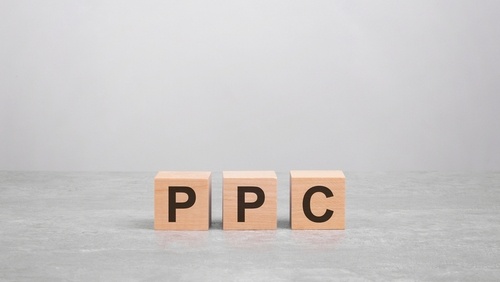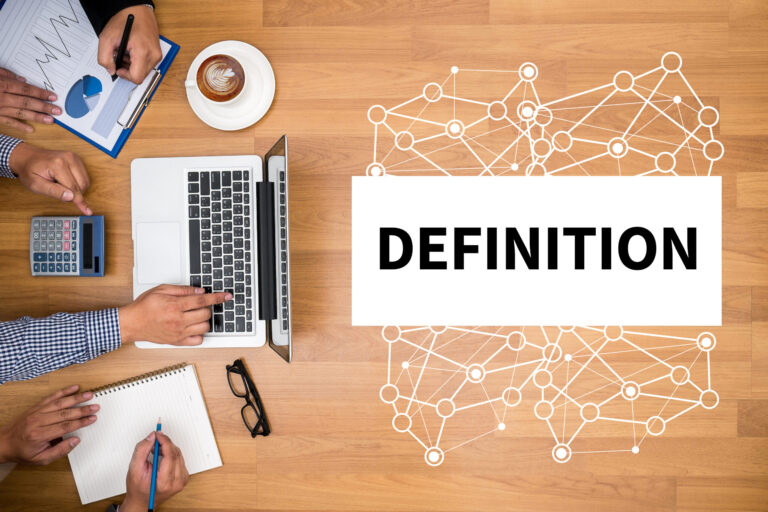This year, Black Friday fell on the 25th of November, and with it came expectations of big sales both on and offline.
Now it’s passed, news is coming out on how retailers fared this year, along with a number of trends that ecommerce retailers can learn from.

One of the most prominent names on the UK high street and online is John Lewis. This year, John Lewis posted a record of £200 million sales in a week, all down to the phenomenon that is now known as Black Friday. The store group’s trading is up 6.5% on last year.
But what can we learn about Black Friday from this year, in order to inform ecommerce strategies going into the future?
Record ecommerce sales
In the UK, shoppers spent over £2 billion on Visa cards on Black Friday, which is a rise in 13% over last year. Half of the spending occurred online.
Barclaycard also stated that payment transactions were 6% higher than last year’s Black Friday, accounting for £2.9 billion in purchases.
Online purchases rose by 6.7% in general this Black Friday compared to the previous year – although many expected this to be higher.
Multiple Device Shopping
Adobe stated that 36% of total revenues were made up from mobile devices, but mobile was also responsible for 55% of traffic.
John Lewis noted mobile phones were used to shop from midnight into the early hours of Black Friday – but desktops were much more popular from 9am once customers arrived at work.
In the US, Mobile devices drove more retail site visits (55%) compared to the PC – with just 10% of that being from tablet devices. Cyber Monday saw 38% of sales come from mobile devices.
iPhone owners were the most prominent mobile shoppers, but the value of mobile and desktop shopping carts were deemed comparable.
PC still remains in front for overall conversions, which tells you a few things. It means that some ecommerce retailers aren’t providing the best possible mobile shopping experience yet, which requires customers to log into their PC. It also shows that there are still people who prefer to shop on a desktop PC or laptop compared to their mobile phone.
Popular Items
For John Lewis, electrical deals were the most popular with consumers. Black Friday has become synonymous with huge sales on electrical goods, whether it’s gadgets or household electronics.
Apparel and accessories also ranked as the top product category on Black Friday in the US, accounting for $500 million in desktop sales. Toys and hobbies saw the highest rate of growth from last year.
In the US, televisions saw the biggest discounts of over 20%, which drove a lot of purchases both on and offline.
Black Friday becomes a Week
Black Friday and Cyber Monday has blurred into a “cyber week”, or even a fortnight for some retailers.
Some Black Friday deals went live on the Monday, some on the Thursday, and some saved for midnight as Friday started.
Free Shipping
More and more retailers are offering free shipping as a differential, and this can make all the difference.
In the US, over 70% of desktop ecommerce dollars for the season-to-date came through transactions which have free shipping.
Online and Offline Trends
Overall there was a trend where the sales on offer were similar for retailers both on and offline.
This gives customers less reason to come into physical stores. However, consumers were still buying from online retailers with physical stores, as it provides less risk if there’s a need to return the item in question.
Black Friday Sales Move Online
Though Cyber Monday is essentially a way of moving the high street sales of Black Friday to the online realm, more Black Friday sales are moving online. This is especially true in the UK.
However, holiday shopping and the lure of Christmas deals will still keep people coming to the high street, but it’s likely we will see more and more sales move over to ecommerce in the coming years.
Shopper Behaviour
Consumers are now much more familiar with the internet, and care less about which stores they purchase products from.
Adobe recorded that over the Thanksgiving/Black Friday weekend, online retail sales exceeded $5 billion in the US. Mobile devices accounted for $1.2 billion on Black Friday alone.
Online shopping growth outpaced that of store traffic, but there’s was still a lot of positive results for physical retail stores.










